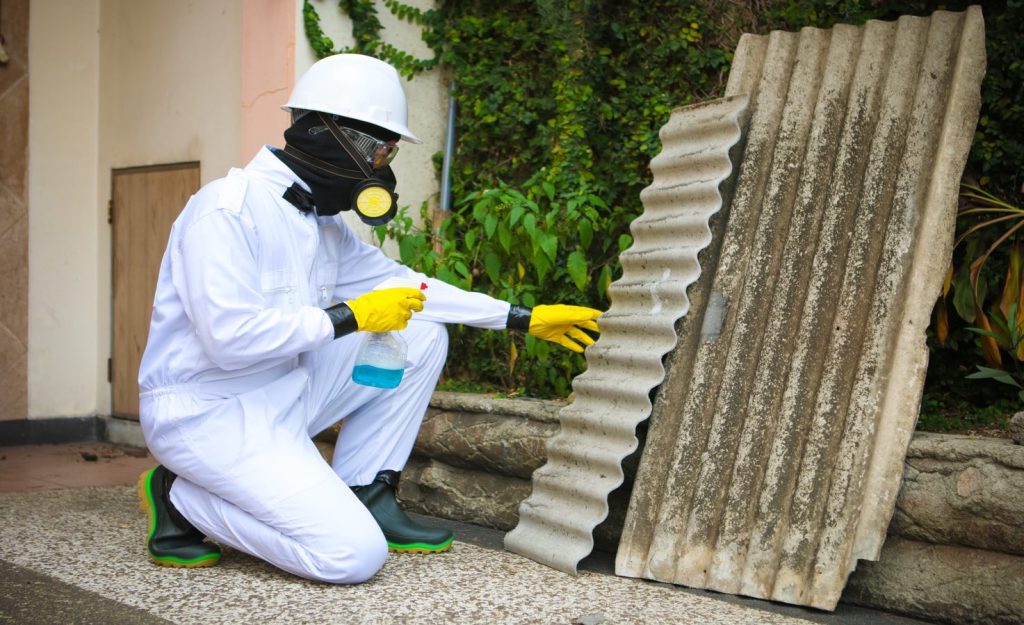A professional plumber can be an invaluable resource when considering upgrades to your plumbing system. Whether you are renovating your home or simply looking to improve the efficiency of your existing plumbing, a plumber has the expertise to guide you toward the best decisions. Plumbing system upgrades can involve everything from replacing outdated pipes to installing modern fixtures that conserve water and energy. These improvements not only enhance the functionality of your home but can also significantly reduce long-term maintenance costs. One of the most common upgrades homeowners consider is the installation of water-efficient fixtures. Faucets, showerheads, and toilets that are designed to use less water while still providing optimal performance can make a noticeable difference in water consumption. A plumber can recommend products that are certified by reputable organizations like WaterSense, which ensures that they meet high standards for efficiency without compromising on comfort or utility. In addition to saving water, these fixtures also contribute to lowering your utility bills, making them a smart financial investment over time.
Another area where a plumber can assist is in the replacement of old pipes, particularly in older homes. Over time, pipes can deteriorate due to corrosion, mineral buildup, or wear and tear, which can lead to leaks, water contamination, and even complete system failures. Upgrading to more durable materials, such as PEX or copper, can prevent these issues and ensure that your plumbing system operates smoothly for years to come. A debouchage plumber can assess the condition of your current pipes and recommend the most appropriate materials based on the specific needs of your home and the local water quality. A plumber can also help you with more advanced plumbing upgrades, such as installing a tankless water heater. Traditional water heaters with tanks can be inefficient, as they constantly heat and store water, using energy even when you are not actively using hot water. Tankless water heaters, on the other hand, heat water on demand, which eliminates standby heat loss and can lower energy bills. While these systems have a higher upfront cost, a plumber can explain the long-term savings and environmental benefits they offer. Additionally, they can handle the installation, ensuring that the unit is properly sized for your home and that it meets all local building codes.
For example, repositioning pipes or adding more efficient routing could improve water flow throughout your home, ensuring that hot water reaches your faucets faster and that there are no pressure drops. Finally, a plumber can guide you on maintaining the upgrades after installation. While certain improvements, like water-efficient fixtures, may require minimal maintenance, other systems, like tankless water heaters or advanced filtration systems, may need occasional servicing. Regular maintenance checks help identify any potential issues early and ensure that your plumbing system continues to operate at its best. A plumber is not just someone you call for emergency repairs. They can be a trusted advisor when making decisions about plumbing upgrades, providing valuable insights and expertise that help you save money, enhance efficiency, and avoid costly mistakes. Whether you are updating your water fixtures, replacing old pipes, or installing a new water heating system, a professional plumber ensures that your plumbing system is upgraded correctly, delivering long-term benefits for your home and your wallet.




